ARTICLE AD BOX
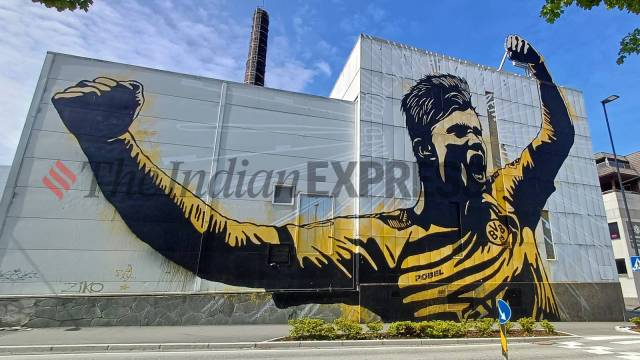 The Erling Haaland mural in Bryne by Pøbel. (Express Photo by Amit Kamath)
The Erling Haaland mural in Bryne by Pøbel. (Express Photo by Amit Kamath)
A giant two-dimensional portrait of Erling Haaland bears down on the indoor football turf at Bryne FK, the local football club that takes its name from the humble town of Bryne — a place in southwest Norway with a population of around 12,500. They call this training turf the ‘ice box’ around these parts, an ironic nickname for a place that’s become a safe refuge for their football teams when the weather gets too unrelenting in the winter months. The words, “Me ska så fotballglede, dryka talent, og hausta mirakler” are emblazoned next to Haaland’s portrait. We will sow the joy of football, nurture talent, and harvest miracles.
Haaland last played for the club eight years back. But he is the town’s — and the club’s — most famous export. That explains why the star striker is everywhere in the town and makes his presence felt at the club’s modest stadium too. At the club, jerseys of Haaland are ubiquitous: in the room that serves as a trophy room, there are seven jerseys on display, three of which are from Haaland’s stints at Red Bull Salzburg, Borussia Dortmund, and Manchester City. There is a figurine of Haaland too, but not in Bryne clothes, he’s sporting the sky blue of Manchester City here too. Even in the club’s merchandise shop, there is an entire row of Manchester City jerseys bearing Haaland’s name being sold, an unusual look for an official merchandise shop of any football club.
It’s a club that prides itself in its heritage as a farmers’ club: fans are allowed to roll into a separate enclosure on one side of the stadium on their tractors to watch games; their white jerseys for this season have a graphic of a farmer hard at work on the field; players are given eggs and milk for good performances.
Haaland is the humble club’s most in-demand produce. A harvested miracle, as the club motto calls it.
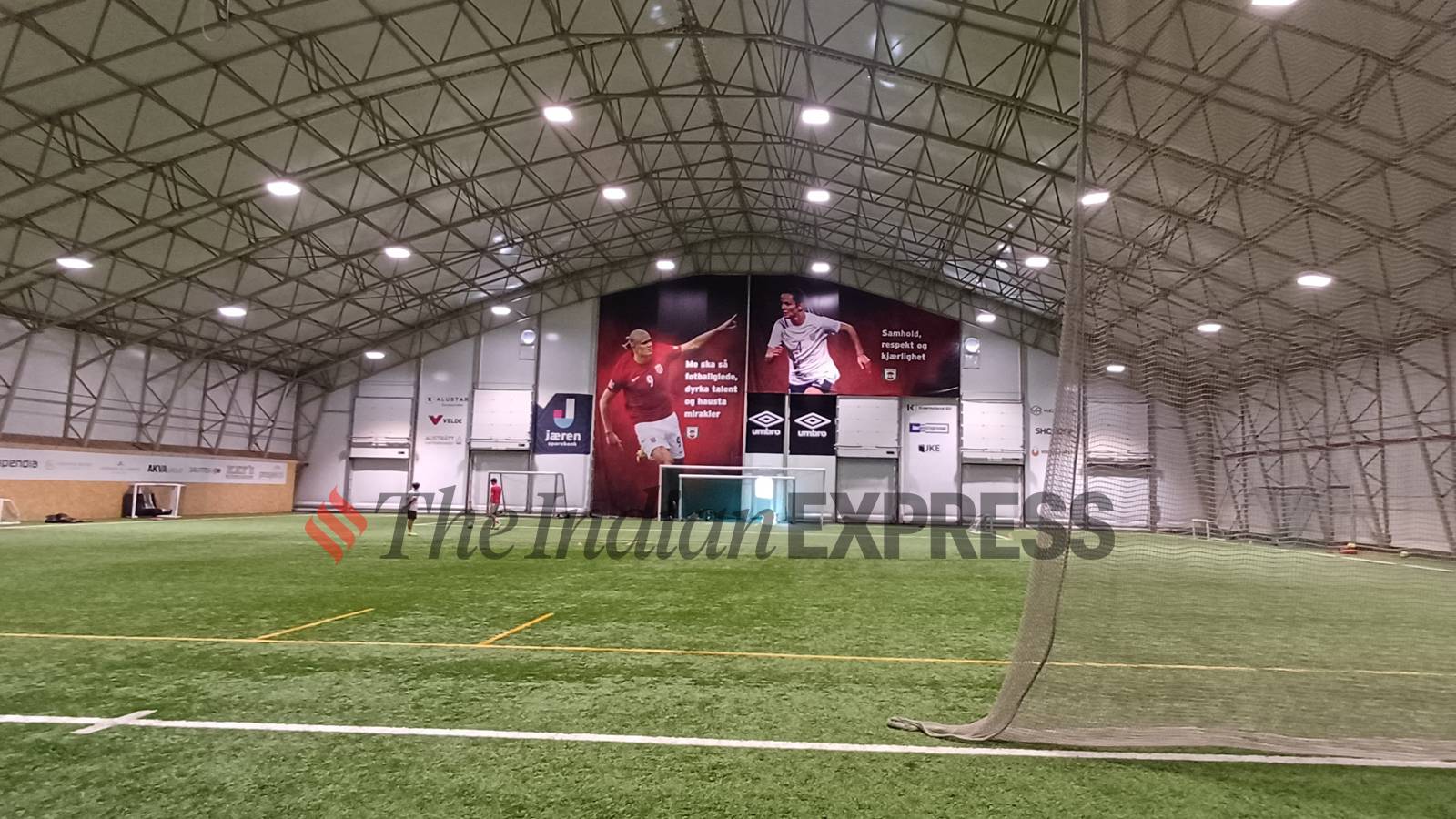 The “ice box” training centre of Bryne FK where Erling Haaland’s giant poster is displayed with the message: “We will sow the joy of football, nurture talent, and harvest miracles.” (Express Photo by Amit Kamath)
The “ice box” training centre of Bryne FK where Erling Haaland’s giant poster is displayed with the message: “We will sow the joy of football, nurture talent, and harvest miracles.” (Express Photo by Amit Kamath)
Towering murals
In the centre of the city too there are plenty of reminders that Haaland once roamed the streets. At Hotel Jæren, there is a “Haaland room”, which has a picture of the footballer and a quote by him directly above the bed which reads: “I wanted to score a hat-trick, so I did.” At a Chinese restaurant called When Hua House, a signed Haaland football shirt hangs on display informing customers that Haaland used to eat here, frequently. Then there’s Pylsebuå te Håland (literally Håland’s hot dog stand). Edge of Norway, the tourism department for the Stavanger region even runs an official “Haaland tour” catering to thousands of tourists who flock to this town to see the humble beginnings of the striker.

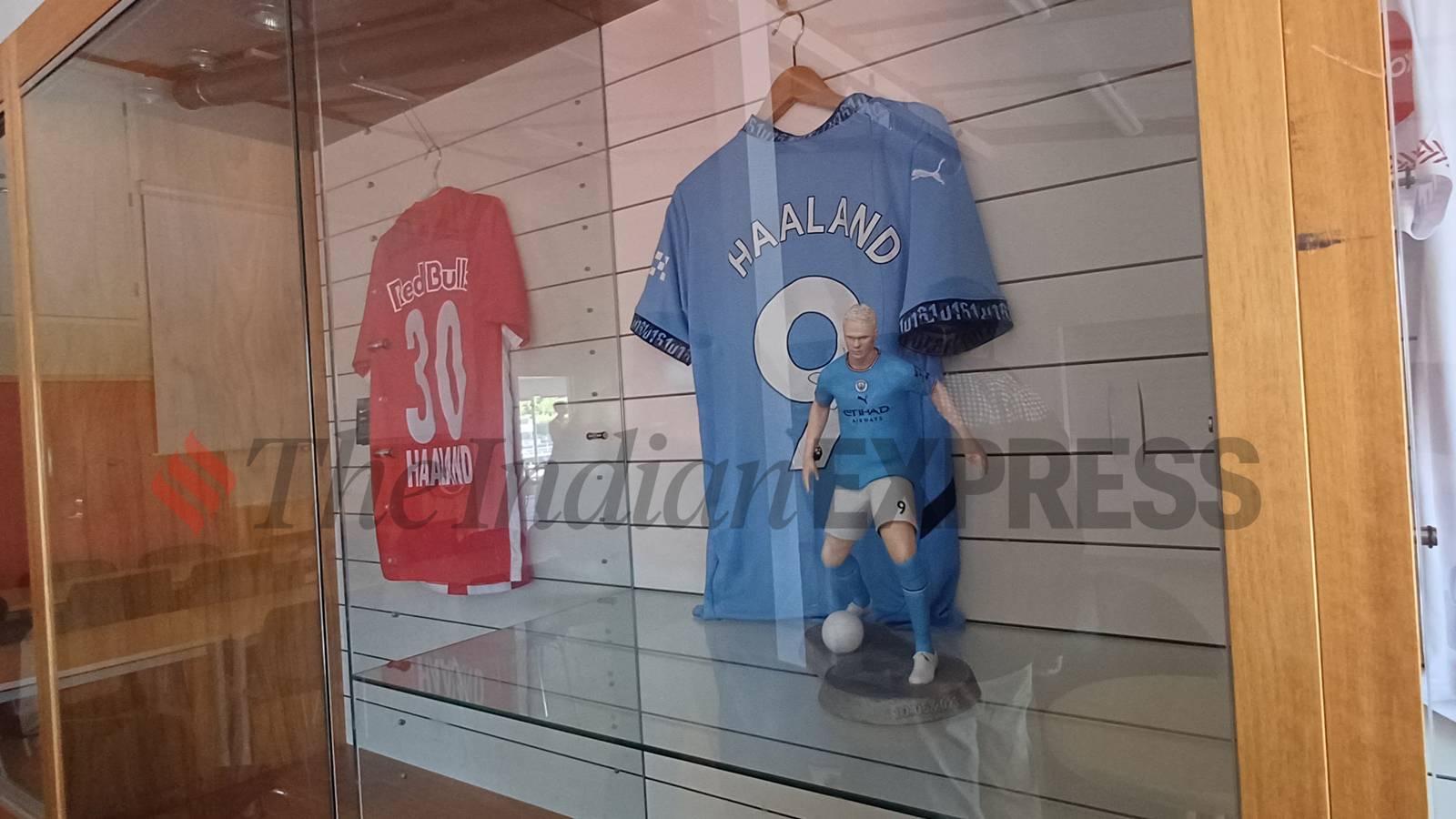 Erling Haaland’s jerseys besides other jerseys hang on a wall inside the Bryne FK Stadium. (Express Photo by Amit Kamath)
Erling Haaland’s jerseys besides other jerseys hang on a wall inside the Bryne FK Stadium. (Express Photo by Amit Kamath)
And if these were not enough reminders that the town was once home to one of the world’s best footballers at the moment, you will find two building-sized murals of the town’s favourite son near the town square — one by Anette Moi and the other one by Pøbel — which rival in size the portrait at the club’s indoor training ground.
These outsized murals are a tad ironic, considering how Haaland lives in the memories of those who knew him when he actually played for the club. “He was really tiny at the time,” is the consensus. Everyone who knew Haaland during his stint at Bryne — which was his first professional contract at a football club — remembers his size. But somewhere down the line, as Haaland moved clubs, from Bryne to Molde in Norway to Red Bull Salzburg in Austria to Borussia Dortmund in Germany, and finally to Manchester City in England in 2022 for a whopping €60 million in 2022, Haaland grew in size. And stature.
Story continues below this ad
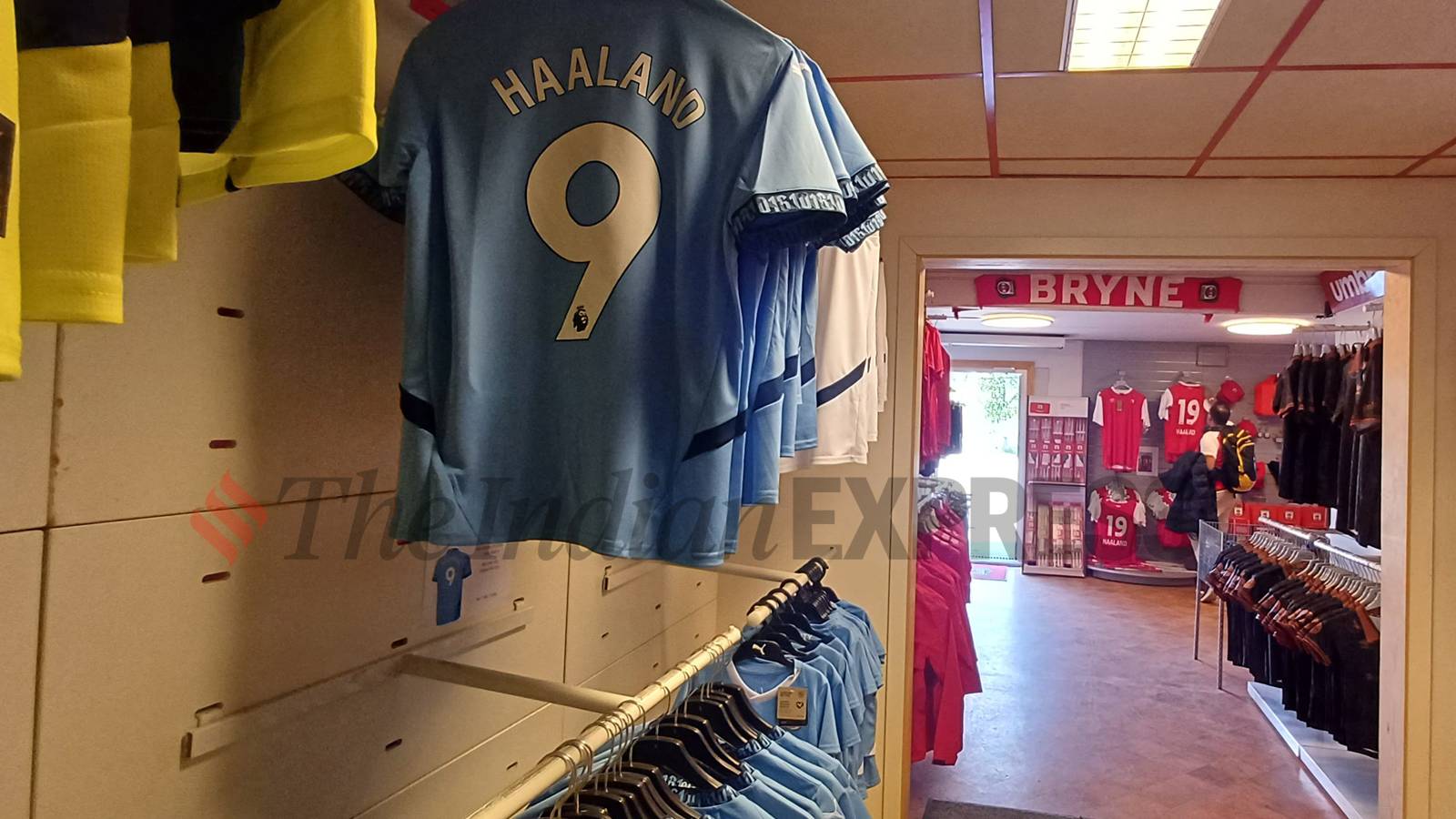 Erling Haaland’s Manchester City jerseys hang at the Bryne FK’s club merchandise shop. (Express Photo by Amit Kamath)
Erling Haaland’s Manchester City jerseys hang at the Bryne FK’s club merchandise shop. (Express Photo by Amit Kamath)
Mentality monster
“When he first played for us, he was one of the smallest guys. Not that big. Later, when he was 13-14 he was a skinny, long boy without muscles,” says Espen Undheim about a player who currently towers over other players at 6’4” in height. “Because of his size, he couldn’t use his physical skills while playing like he does now. He had to be clever to get in the right position to score goals. He was always prepared. Always in the right situation. He also developed the mentality. I would say that rather than his physical ability, it was his mentality that was his biggest strength when he was young. He was looking at older players. He was looking at stars from abroad.”
When Espen — who played with Haaland’s father Alf-Inge in his younger days and then coached Erling in his younger days from the age of eight to 15 — talks about mentality, he illustrates this by talking about how young Haaland would rage and thunder if he could not get into the right position to score. Somedays if he scored just one goal in training, he would be livid because he felt he could have racked up four or five at least. Espen says the footballer was genetically predisposed for his biggest attributes like athleticism and mindset by virtue of being born to a footballer father and distance-running mother.
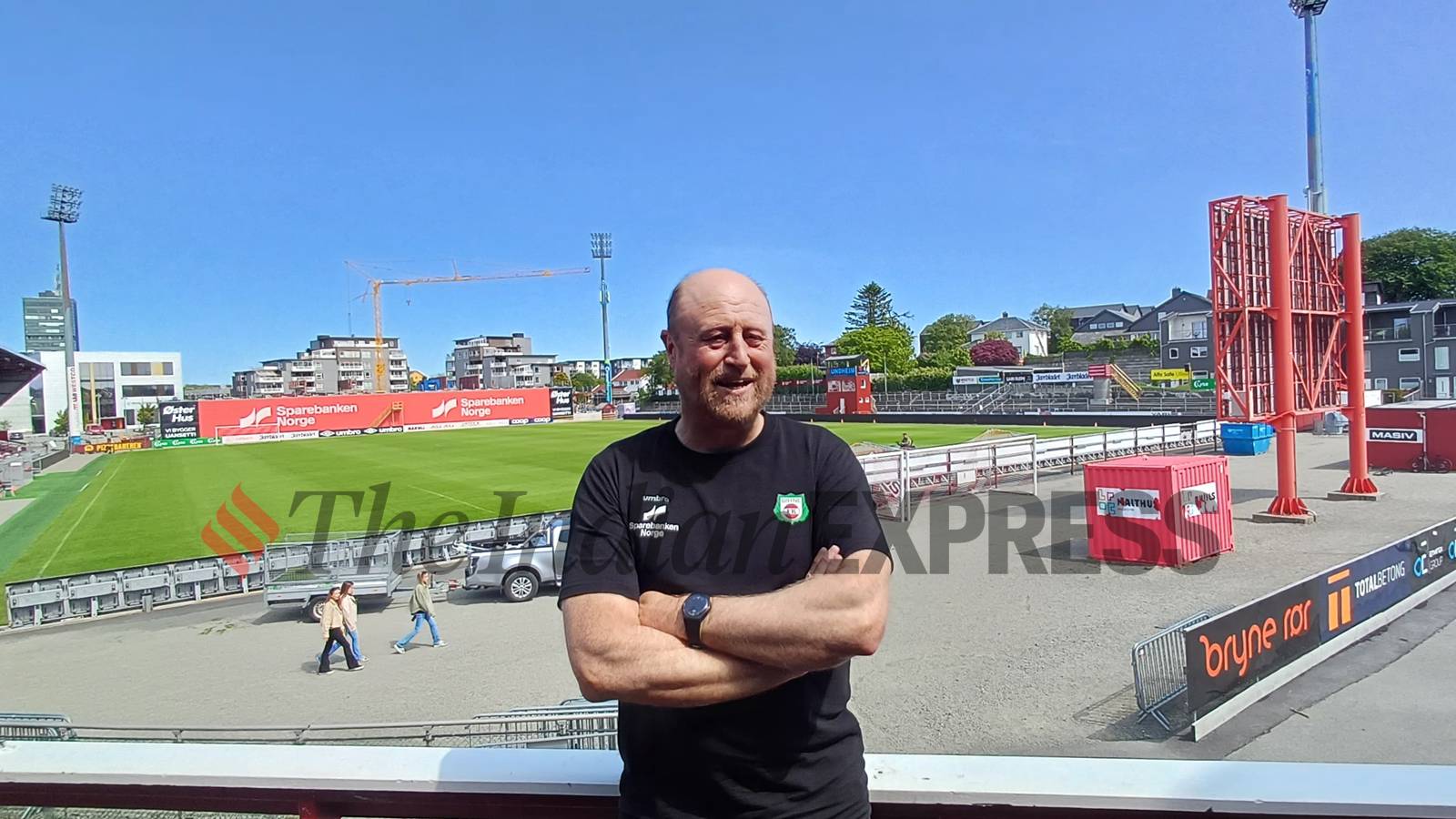 Espen Undheim talks while flanked by the club’s ground at the background. (Express Photo by Amit Kamath)
Espen Undheim talks while flanked by the club’s ground at the background. (Express Photo by Amit Kamath)
“I recently saw a video of him training when he was young. You can see that he makes the same run, to get to the ball that he makes now at City. He starts in the right position,” beams Espen, who has been at the club as a coach for 25 years working with youth teams. Espen says that when he was young, Haaland would speak in great detail about how he should time his runs with pin-point precision. “I have to start earlier. I have to be one meter to the left,” a young Haaland would mutter, says Espen.
Another testament to his mentality comes from Sondre Norheim, who was Haaland’s teammate in his first team days at Bryne. Norheim, who plays as a defender, says: “He was a player that you could say had a lot of respect, but he also didn’t really respect people. When he was in the locker room with older players, he was respectful and didn’t go out of line. But when he stepped on the field, he would play how he wanted to play. Didn’t matter if he played someone his age of 15 years older. He played the way he knew how to play, and didn’t respect them because of who they were. Went in, tackled hard. Wanted to go past them. Wanted to score goals. No fear.”
Story continues below this ad
It was this mindset that made a skinny boy without muscles grow into a colossus on the football pitch.
Amit Kamath is Assistant Editor at The Indian Express and is based in Mumbai. ... Read More



.png)
.png)
.png)
















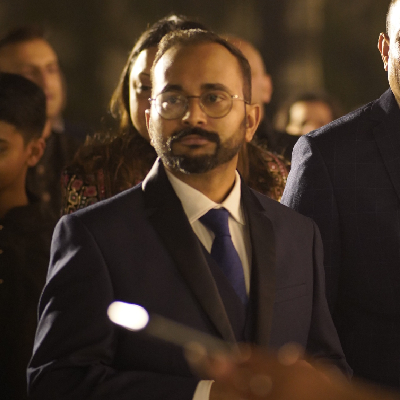
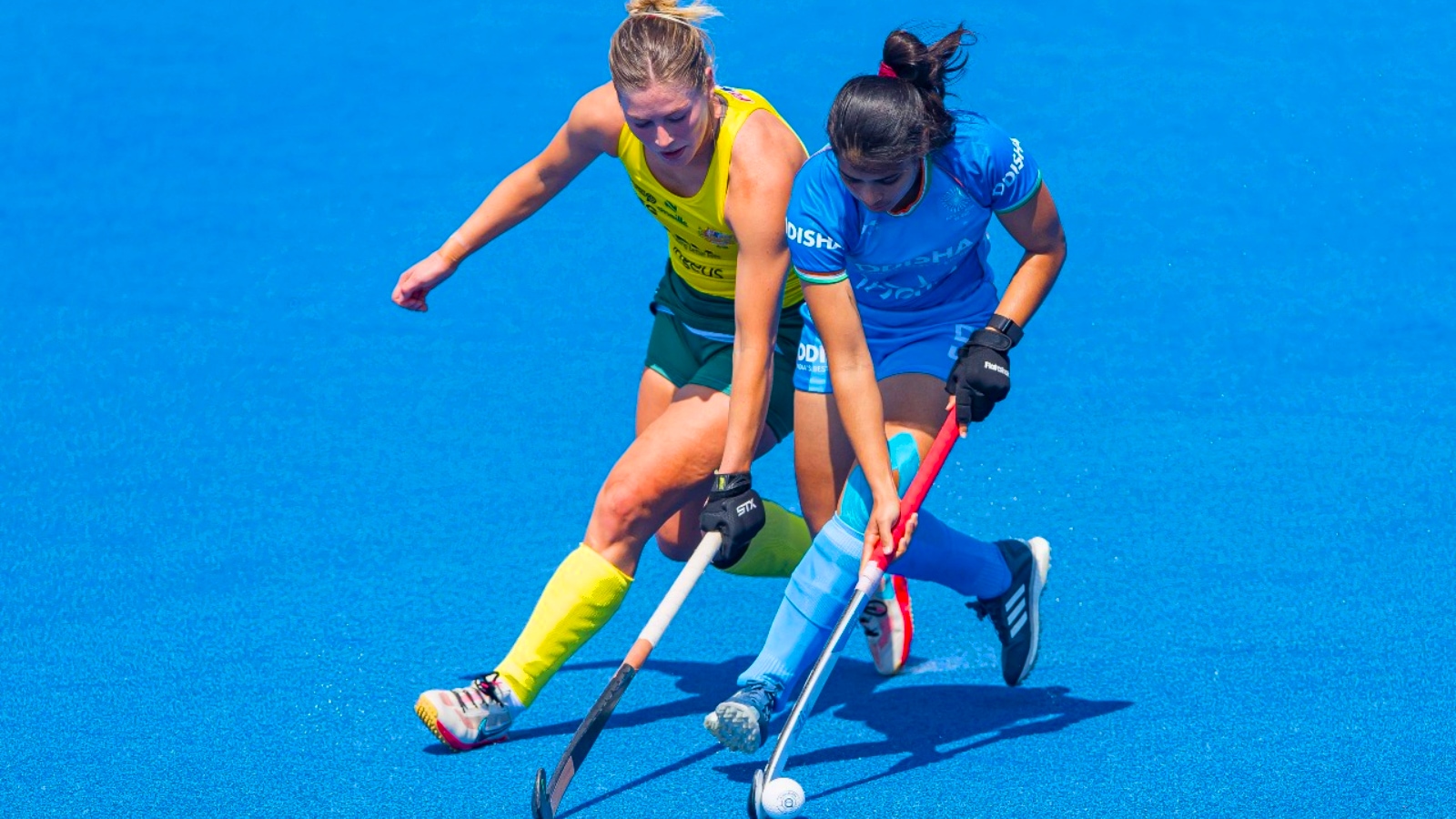
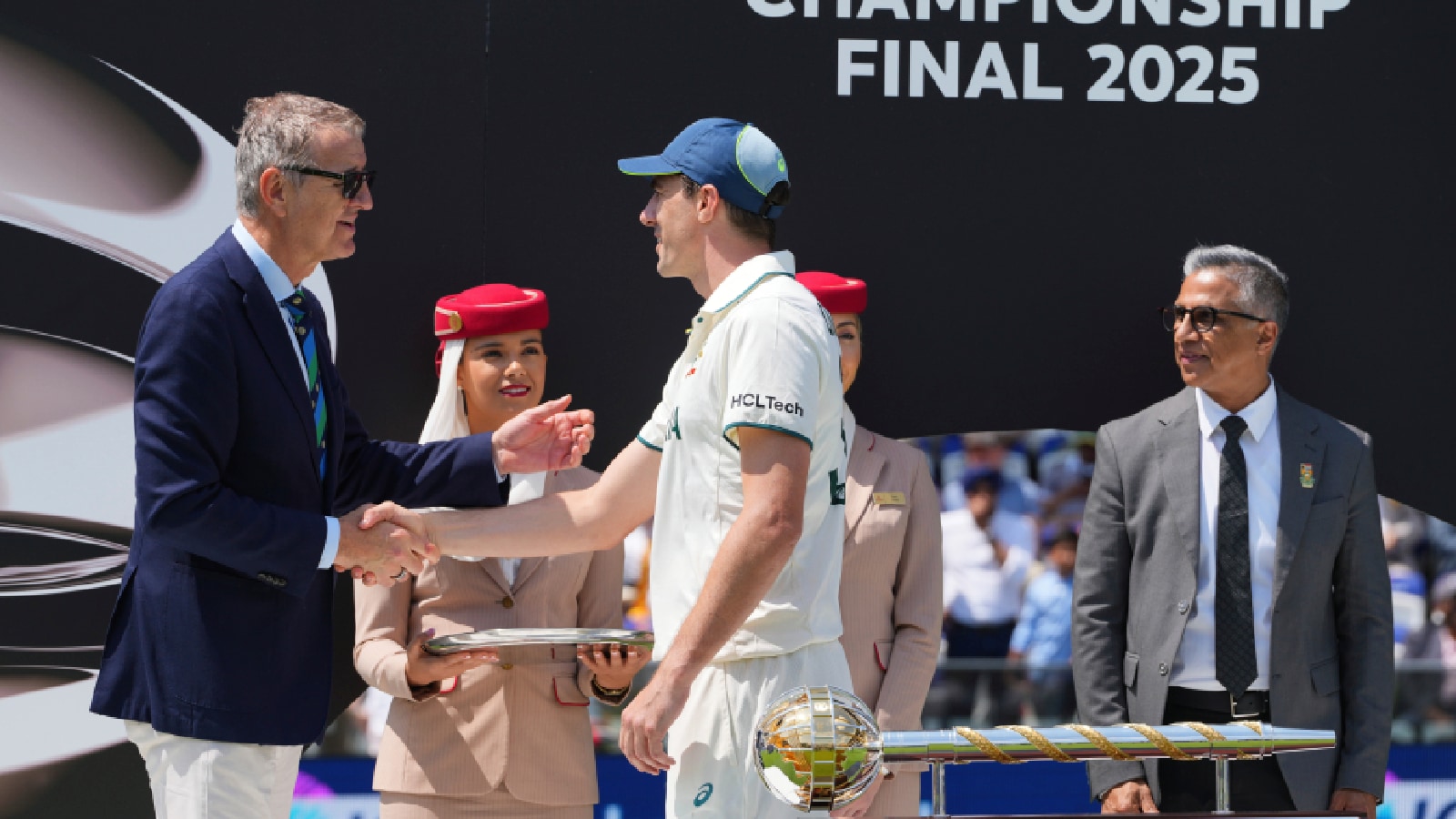
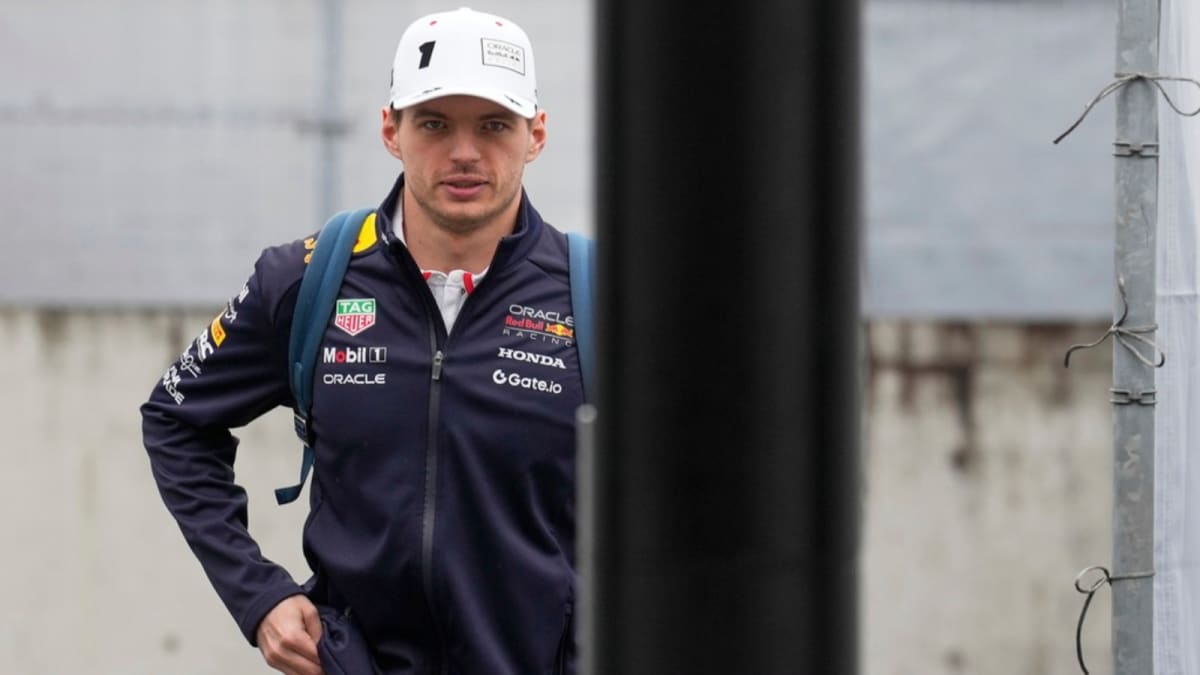






 English (US) ·
English (US) ·